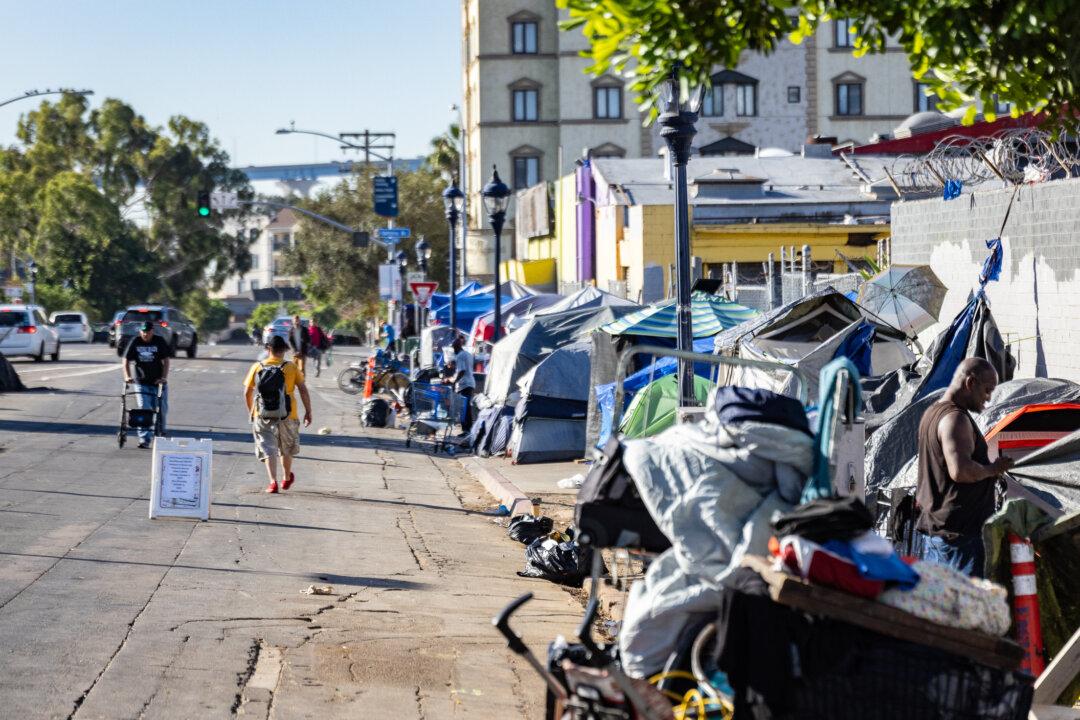Commentary
Over the past four years, in major cities across the country, hundreds of motels and hotels have been converted into motel shelters for people experiencing homelessness, with thousands more being planned. Rather than helping address the ever-growing homelessness crisis, these expensive projects are ill-conceived, poorly designed, minimally maintained, poorly managed, worn down, and crime-infested.

